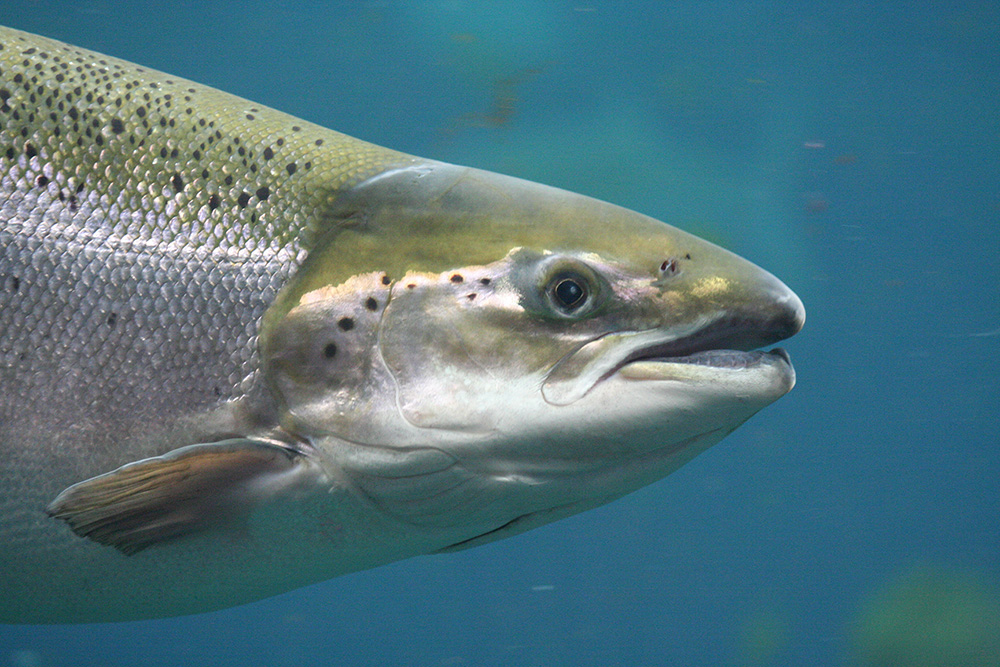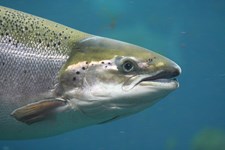News

Heart Rate Loggers do not Compromise Swimming Performance During a Critical Swim Speed Test in Atlantic Salmon
Extensive research has been carried out on exercise physiology of fish, especially on swimming abilities, metabolic rate, heart function and acid-base balance of salmonids. It is widely known that increased oxygen uptake rates and cardiac output support the aerobic metabolic need of exercising muscles until the maximum capacity of the cardiorespiratory system is reached. The anaerobic metabolic pathway then takes over to accommodate the increased demand. It results in a physiological exhaustion trajectory which usually takes many hours to recover from, and sometimes causes delayed mortality.
In a study performed by researchers at the Institute of Marine Research in Norway, heart rate response in Atlantic salmon (Salmo salar) was monitored during a critical swim speed test and the recovery period that followed.
Heart rate monitored during critical swim speed test
About 150 Atlantic salmon post-smolts were distributed in three tanks kept at 12°C seawater. 12 fish, four from each tank, were implanted with Star-Oddi’ leadless DST milli-HRT, heart rate and temperature loggers. Seven days after implantation, four tagged and four untagged fish from the same tank were exposed to a critical swim speed (Ucrit) test. After the speed test, the fish were kept for another week in their holding tanks. The bio-logger measured heart rates every 15 minutes in the week before and after the swimming test, and every minute from 10:00 to 22:00 on the day of the swimming test.
Tagged and untagged fish showed similar results
The swim trail difference was not found to be statistically significant between tagged and untagged fish, suggesting that the bio-logger did not affect swimming performance. Before the test, the heart rate peaked at 65 beats min-1 during the day and nearly 40 beats min-1 at night. In the speed test, heart rate was raised approximately exponentially with swimming speed until a plateau was reached at the final speeds prior to fatigue with a maximum of 85.2 +-0.7 beats min-1.
Delayed mortality recorded with heart rate loggers
During a recovery period of one week, eight implanted fish survived and returned to pre-swim heart rate levels after 24 hours. Four fish never recovered nor managed to lower the heart rate, which remained at ~80 beat min-1 and after four days with high heart rate, the fish started dying.
Heart rate alone not the best predictor of both swimming speed and oxygen uptake rates
The authors point out that while heart rate provides information on diurnal rhythms, routine behaviors, maximum stress levels and subsequent recovery trajectories it is a poor predictor of oxygen uptake rates at low and intermediate levels of activity in Atlantic salmon. In addition, they say that heart rate is not a good estimator of swimming speed until the upper part of the aerobic range is reached, since it does not measure large potential increases in stroke volume. Instead they recommend measurements of tail beat frequency (TBF) for a tight correlation of oxygen uptake rates and swimming speed in Atlantic salmon.
The paper was published in the Journal of Fish Biology and can be accessed here.
